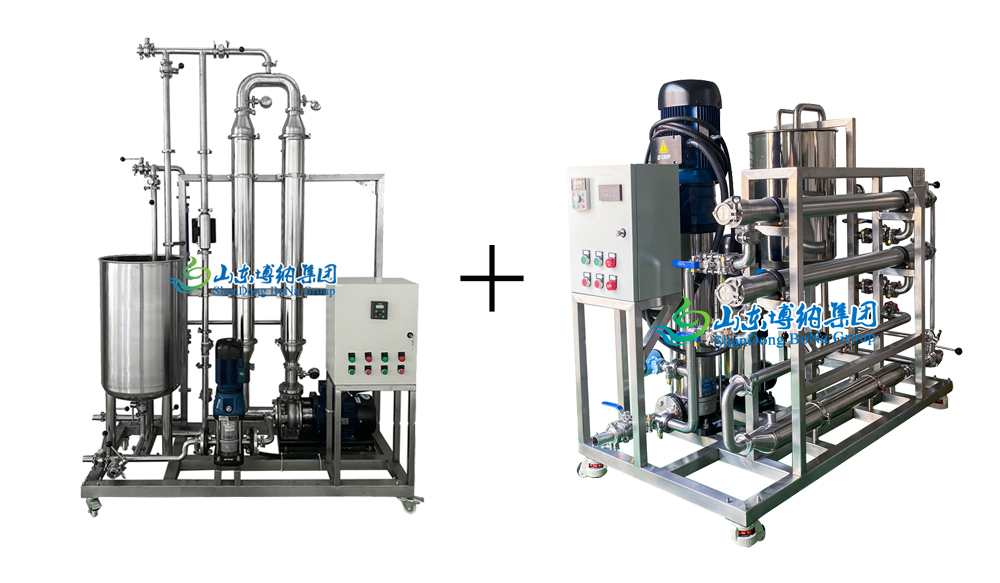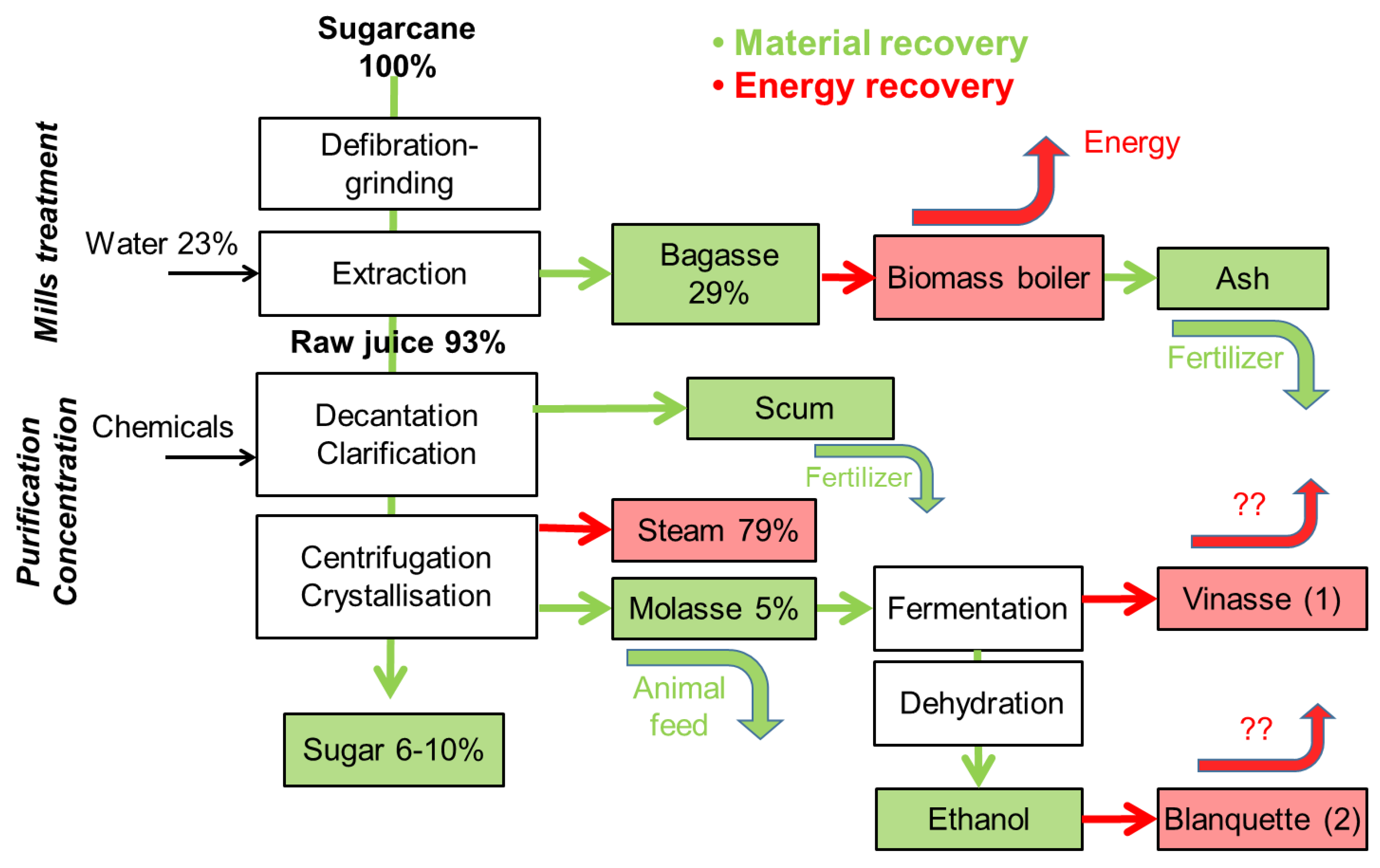The Science Behind Biodegradable Products From Sugarcane
The Science Behind Biodegradable Products From Sugarcane
Blog Article
Discover the Ingenious Advantages of Products From Sugarcane for Sustainable Living
Sugarcane has emerged as an essential resource in the pursuit for lasting living. Its diverse applications cover naturally degradable product packaging, renewable resource, and healthier food options. As sectors look for eco-friendly options, sugarcane's convenience provides encouraging solutions. The true capacity of sugarcane expands past its existing usages. Discovering its innovative advantages could expose new pathways towards an extra lasting future. What various other possibilities might this impressive plant hold?

The Surge of Sugarcane as a Sustainable Source
As worldwide understanding of environmental problems expands, sugarcane has become a prominent lasting source. This flexible crop offers an array of advantages that add to green methods. Sugarcane is a renewable energy, efficient in prospering in varied environments while absorbing carbon dioxide, consequently minimizing greenhouse gas discharges. Its rapid growth cycle enables frequent harvesting, leading to a constant supply of raw material.Additionally, sugarcane growing often needs much less water contrasted to other plants, making it an effective alternative in water-scarce areas. The by-products of sugarcane, such as bagasse and molasses, can be repurposed for numerous applications, minimizing waste and advertising round economy concepts. In addition, advancements in farming techniques have actually resulted in even more sustainable farming techniques, better boosting sugarcane's environmental profile. As customers progressively look for lasting alternatives, sugarcane attracts attention as a feasible alternative for those devoted to lowering their ecological impact.
Naturally Degradable Packaging Solutions
How can biodegradable packaging options transform the way consumers approach sustainability? By utilizing sugarcane-based products, these ingenious options use a compelling option to typical plastics. Eco-friendly packaging made from sugarcane breaks down normally, markedly minimizing garbage dump waste and greenhouse gas exhausts. As customers become significantly mindful of their environmental impact, the need for sustainable packaging remains to rise.These sugarcane-derived items not just offer useful purposes yet likewise align with eco-conscious consumer values. They provide a tangible way for individuals and companies to contribute to a round economic climate, advertising source efficiency and minimizing ecological impacts. Additionally, as industries embrace eco-friendly alternatives, they promote a culture of sustainability that resonates with a growing demographic seeking accountable choices.In essence, biodegradable product packaging options from sugarcane represent a vital progression in sustainable methods, encouraging customers to make eco-friendly decisions without compromising convenience or quality.
Renewable Resource Generation From Sugarcane
A significant section of renewable resource generation can be derived from sugarcane, showcasing its versatility past standard agricultural uses. Sugarcane biomass, consisting of bagasse and leaves, is a potent source for bioenergy production. This biomass can be exchanged biofuels such as ethanol, which acts as a cleaner option to nonrenewable fuel sources. Additionally, the burning of sugarcane byproducts creates vapor and electricity, offering a power resource for sugar mills and neighboring communities.The growing of sugarcane additionally adds to carbon sequestration, as the plants soak up co2 throughout their growth cycle. By utilizing sugarcane for energy, waste is reduced, and lasting practices are motivated. This renewable energy method not just supports power demands but also advertises rural advancement, creating tasks in bioenergy markets. Overall, sugarcane stands out as a key player in the change to sustainable energy options, aligning with global initiatives to reduce carbon impacts.

Eco-Friendly Textiles and Fabrics
Green fabrics and textiles originated from sugarcane present an encouraging option to conventional products. These eco-friendly choices not only reduce environmental impact however additionally use durability and performance comparable to standard materials. Sustainable production procedures better improve their appeal, making them an essential component of a sustainable way of living.
Eco-friendly Textile Alternatives
Why is the adjustment towards eco-friendly fabric choices crucial for sustainable living? The raising awareness of ecological destruction has triggered a search for options to traditional fabrics, which usually contribute to contamination and waste. Eco-friendly fabrics, derived from renewable resources such as sugarcane, offer an appealing remedy. These materials decompose normally, minimizing landfill accumulation and lessening ecological impact. In addition, they can aid lower carbon impacts and dependence on fossil fuels. As customers end up being more eco-conscious, the need for sustainable fabrics expands, encouraging makers to introduce and invest in biodegradable choices. This adjustment not only sustains sustainable practices yet additionally promotes a round economic situation, leading the way for a much more liable strategy to fashion and fabric production.
Longevity and Efficiency
Resilience and performance are important elements when examining green fabrics and materials. Sugarcane-derived materials show impressive toughness and strength, making them appropriate for numerous applications. These fabrics commonly show premium moisture-wicking residential properties, which improve convenience in everyday wear. Furthermore, their all-natural fibers add to breathability, ensuring that garments stay wearable and fresh even popular problems. The efficiency of sugarcane-based textiles reaches their resistance to deterioration, enabling products to preserve their stability with time. Additionally, these eco-friendly fabrics can be dealt with to improve UV defense and stain resistance, meeting the functional needs of customers without compromising sustainability. Inevitably, sugarcane textiles use an unified equilibrium of resilience and performance, attracting eco aware people.
Sustainable Production Processes
The excellent sturdiness and performance of sugarcane-derived textiles are complemented by sustainable production procedures that prioritize environmental duty. These procedures make use of sustainable resources, minimizing dependence on nonrenewable fuel sources and minimizing carbon footprints. By taking advantage of the spin-offs go now of sugarcane cultivation, suppliers can develop green materials while advertising waste decrease. Advanced methods, such as water-efficient dyeing and biodegradable therapies, even more enhance the sustainability of these fabrics. In addition, the use of safe chemicals guarantees that the production process does not harm ecosystems or human health and wellness. This dedication to sustainability not only attract ecologically mindful consumers but additionally supports regional economic climates by advertising lasting farming techniques. In general, sugarcane-derived textiles represent a substantial step towards a greener future in the fashion industry.
Sugarcane-Based Biofuels and Their Impact

Sugarcane-based biofuels have arised as a considerable alternative energy source, supplying a sustainable option to the globe's expanding power demands. These biofuels, stemmed from the fermentation of sugarcane juice or molasses, offer an even more sustainable alternative contrasted to fossil fuels. Their manufacturing procedure produces lower greenhouse gas emissions, adding to climate modification mitigation efforts.Additionally, sugarcane biofuels can boost power safety and security by expanding power sources and reducing dependancy on imported oil. The farming of sugarcane likewise advertises rural growth, developing work and stimulating neighborhood economies.However, worries concerning land use and food competitors persist, as increased biofuel manufacturing might influence food supply chains. Sustainable farming methods are necessary to stabilizing blog here these completing interests and ensuring that biofuel production does not weaken food safety and security. Overall, sugarcane-based biofuels represent an encouraging method for a greener energy future, offered that their environmental and social effects are carefully taken care of.
Healthier Alternatives: Sugarcane in Food Products
While several customers look for healthier options in their diets, sugarcane products provide a nutritious alternative to fine-tuned sugars and man-made sugar. Originated from the all-natural extraction of sugarcane juice, these items retain essential nutrients, including minerals and vitamins, that are frequently lost in processed sugars. Sugarcane contains anti-oxidants and dietary fiber, adding to overall health and wellness and wellness.Many health-conscious people are turning to sugarcane syrup and jaggery, which supply a reduced glycemic index contrasted to standard sugars, making them appropriate for those handling blood sugar levels. Furthermore, sugarcane-derived sweeteners can improve the flavor of various meals without the adverse results related to fabricated additives.This change in the direction of natural sweetening representatives not only promotes much better dietary selections however likewise aligns with lasting living practices, as sugarcane is an eco-friendly resource. Sugarcane products are arising as favorable alternatives in the domain name of food products.
The Future of Sugarcane in Sustainable Technologies
The future of sugarcane is positioned to include ingenious applications that prolong past conventional usages. Its potential as a resource for great site eco-friendly product packaging options and renewable resource resources highlights its duty in sustainable practices. Checking out these developments can significantly influence ecological preservation and source administration.
Eco-friendly Packaging Solutions
An enhancing variety of firms are turning to eco-friendly packaging solutions stemmed from sugarcane as an appealing option to traditional plastics. These cutting-edge products, frequently made from sugarcane fibers and bioplastics, break down naturally, decreasing the long-lasting environmental effect connected with traditional plastic waste. By utilizing sustainable resources, sugarcane-based packaging adds to a more sustainable production cycle, aligning with worldwide efforts to battle contamination and environment change. Additionally, these solutions commonly keep the toughness and capability required for different applications, from food containers to delivery products. As customer need for environment-friendly alternatives expands, services adopting sugarcane packaging not just boost their brand name image however likewise play a critical role in promoting a round economic situation, paving the method for a greener future.
Renewable Resource Resources
Eco-friendly packaging options are simply one aspect of the broader capacity of sugarcane in promoting sustainability. One more considerable application exists in renewable resource sources. Sugarcane is a flexible plant that can be utilized to create biofuels, such as ethanol, which offers as a cleaner alternative to fossil fuels. The fermentation process of sugarcane juice returns ethanol that can power cars and produce electrical power. In addition, the by-products of sugarcane handling, like bagasse, can be utilized to produce biomass power, offering a effective and lasting approach to harness energy. This dual duty as both a resource of biofuel and biomass underscores sugarcane's possibility in decreasing carbon discharges and supporting a change to a much more lasting energy landscape in the future.
Regularly Asked Questions
Just How Is Sugarcane Harvested Sustainably?
Sugarcane harvesting can be lasting via techniques like hands-on cutting, which reduces dirt disturbance, and making use of equipment that reduces fuel consumption (Products From Sugarcane). Plant rotation and incorporated pest administration better enhance ecological health and promote lasting soil fertility
What Are the Environmental Impacts of Sugarcane Farming?

Can Sugarcane Products Be Recycled?
The question of whether sugarcane items can be reused discloses a positive expectation. Several sugarcane-derived materials, such as bioplastics and product packaging, are created for recyclability, adding to a more sustainable waste monitoring strategy within ecological factors to consider.
Are There Any Downsides to Making Use Of Sugarcane-Based Products?
The disadvantages of utilizing sugarcane-based products consist of possible land usage competition with food plants, challenges in massive production, and concerns about the ecological impact of monoculture farming techniques, which can reduce biodiversity and dirt health and wellness.
How Does Sugarcane Growing Affect Citizen Communities?
Sugarcane growing influences local communities by giving employment opportunities and enhancing neighborhood economic climates. Nonetheless, it can likewise cause land disputes and ecological problems, affecting agricultural practices and neighborhood health and wellness, necessitating a well balanced method to growth. Improvements in farming methods have led to more lasting farming approaches, even more enhancing sugarcane's environmental account. Furthermore, the burning of sugarcane results generates vapor and electricity, giving a power source for sugar mills and close-by communities.The growing of sugarcane additionally adds to carbon sequestration, as the plants take in carbon dioxide during their development cycle. By making use of sugarcane for power, waste is decreased, and lasting practices are motivated - Products From Sugarcane. Sugarcane contains antioxidants and dietary fiber, adding to general health and wellness.Many health-conscious individuals are transforming to sugarcane syrup and jaggery, which supply a lower glycemic index compared to traditional sugars, making them suitable for those handling blood sugar degrees. Additionally, the byproducts of sugarcane handling, like bagasse, can be utilized to create biomass power, using a sustainable and reliable technique to harness power
Report this page